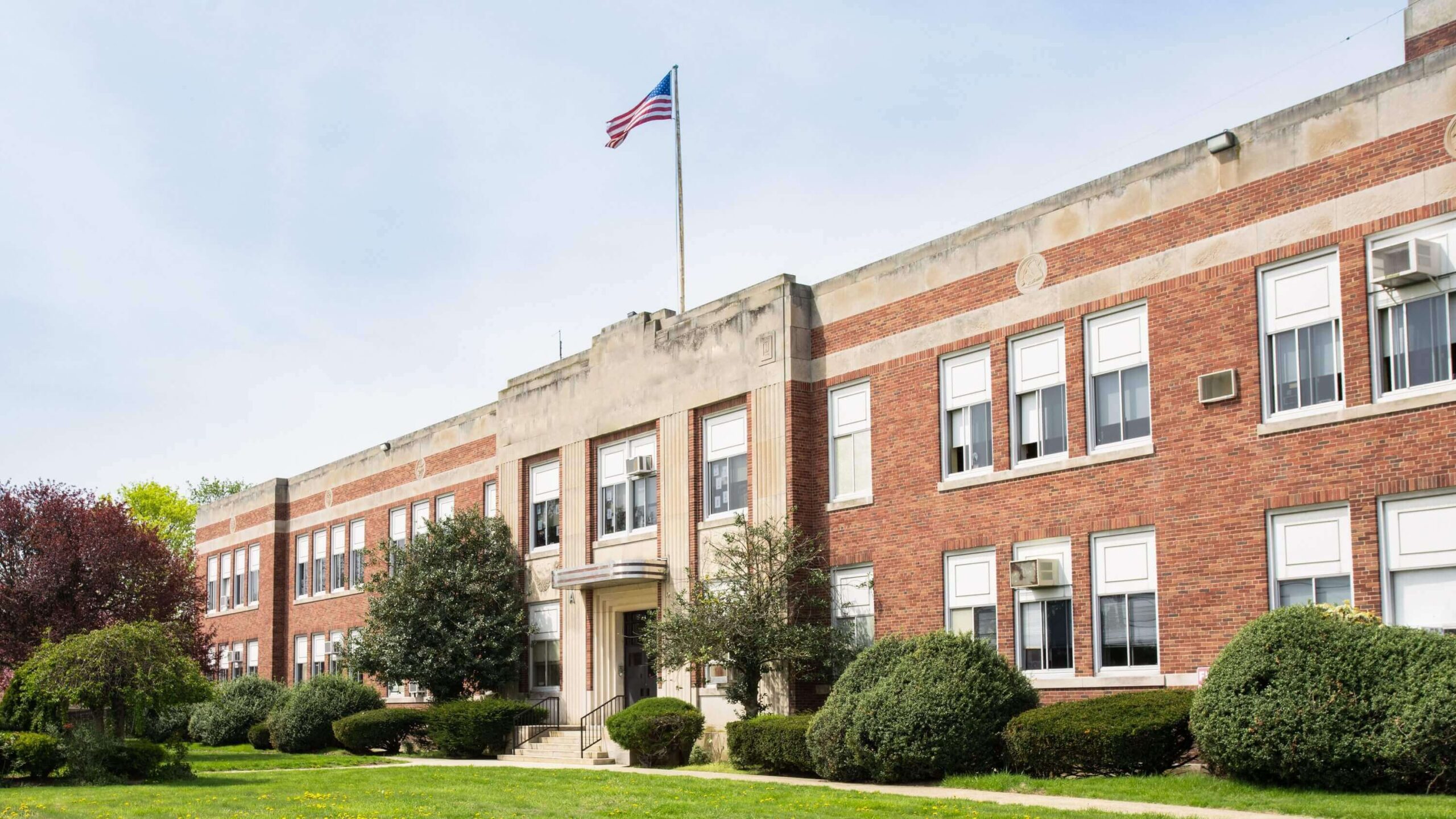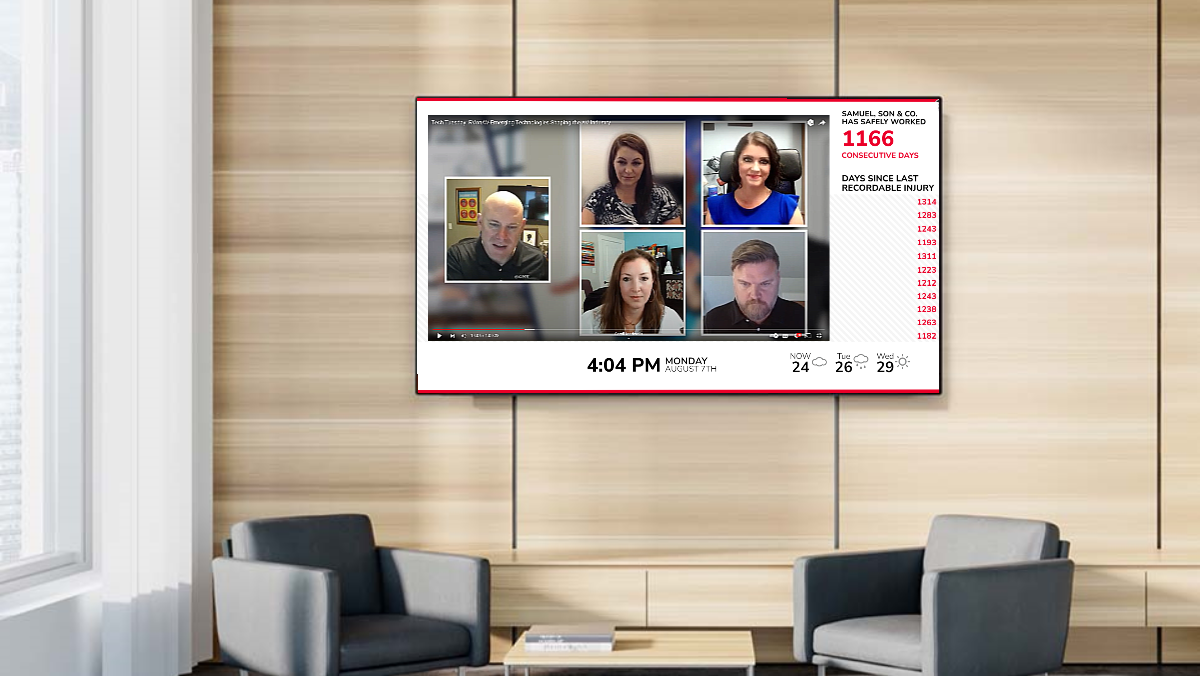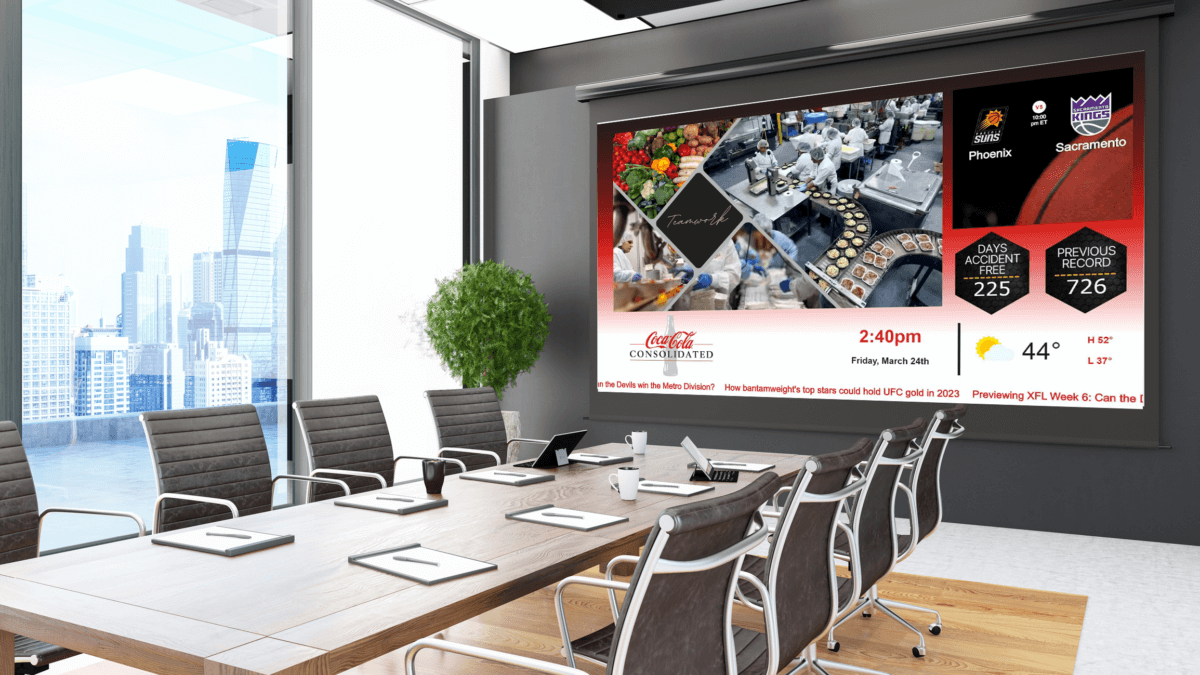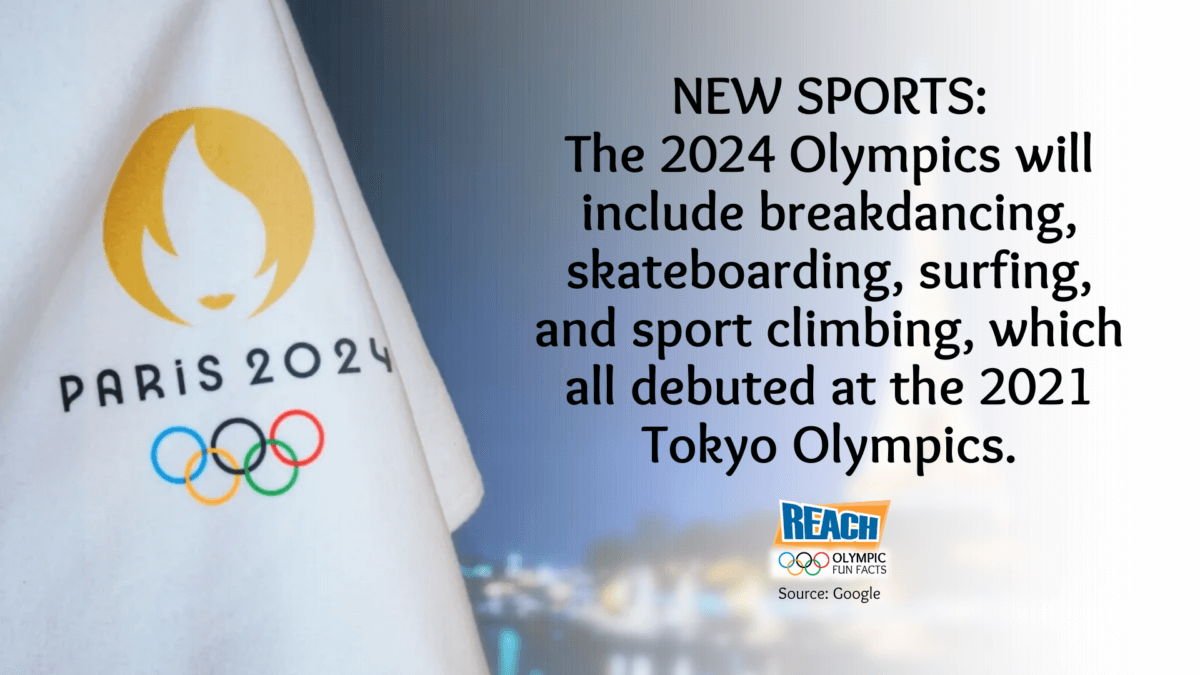How to Use Digital Signage in Schools K-12
Digital signage software comes with the flexibility to adapt to any industry. Whether in a manufacturing plant or a classroom, digital signage has the tools to bolster communication in any setting. However, the way in which you use digital signage varies not just between industries, but locations as well. A college campus will not use digital signage in the exact way a high school might. That is why it is important to understand your audience and the strengths of your facility. We will go over some of the most popular uses for digital signage in schools K-12. Looking to try digital signage out for yourself? Click here to sign up today!
#1. Cloud Integration
The first thing most people are likely to become familiar with when starting out with digital signage is cloud integration. If you pair your software with a BrightSign player, you will receive a free BSN Cloud account that can integrate with any of your content management software. Other cloud integrations such as OneDrive are also compatible with many digital signage systems. Becoming familiar with cloud integration is essential as it is basically the backbone of your signage. Sharing content between departments, users, and even facilities are all powered by the cloud. Additionally, real-time updates and asset backups are only possible through cloud integrations.
#2. User Groups
When working within a school, there are many different departments. The gym teachers are going to have different content needs than the english department. If you are planning to give access to multiple people or groups within your school, you’ll want to become familiar with your user tools. These allow you to designate roles within your digital signage network to allow certain permissions and prevent others. This cuts down on confusion as each user will only see the content and features relevant to their role. User groups and permissions can also be used to set up digital marketing lessons and educational materials for high school students.
#3. Event Planning & Calendars
Most of the time, your digital signage provider will feature a calendar or event management system. This allows for events to be scheduled weeks, months, or even years in advance. These events can then automatically be scheduled to recur on certain dates or within certain timeframes. Events can also be grouped together if they are similar, which helps keep things organized. With REACH, Google and SharePoint calendars can be integrated along with other third-party software, allowing you to simply import existing calendars you may already be using. As a result, students will be more aware of events going on around school and encouraged to get involved. This will also benefit parents, especially those with younger students as they are likely the ones juggling their schedules!
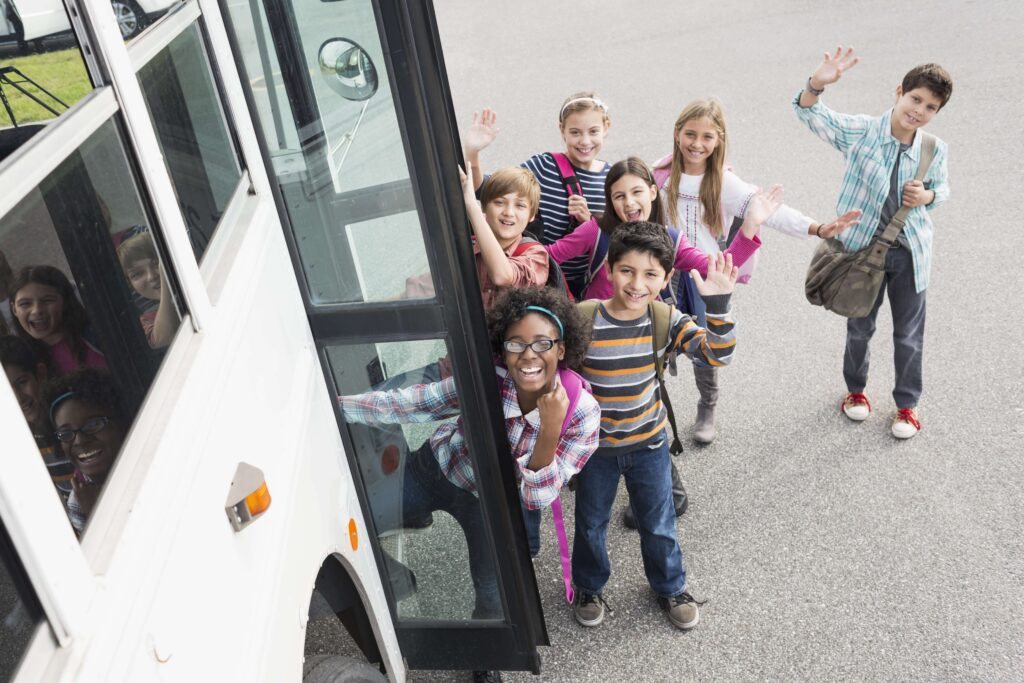
#4. Social Media Integration
While some educators may have students too young to use social media, it is still a space that can be leveraged within your displays. When paired with digital signage, social media can become an informative tool that encourages interactivity. Older students often receive news from social media, so displaying the school’s social pages on digital signage can act as a daily news source for them. Expanding your digital footprint can benefit your entire community, as it gives staff and parents a way to stay informed on what’s going on.

#5. Wayfinding
Some schools are a bit bigger than others and require resources to help visitors get around. When that’s the case, digital signage is the perfect tool for the job! Interactive touchscreens can streamline the wayfinding process by putting users in control. This can also help students as well, as incoming students can familiarize themselves with their campus while older students have a resource to get quick information. As a digital sign, the space can also be leveraged to display content aside from wayfinding so your message is heard across campus!
#6. Data Lists & Menu Boards
Data lists are organized spreadsheets that allow you to place any number of values within your tables. Users can be listed in a digital ranking, or certain value sets can be customized to present enticing menu items. For example, if your cafeteria has a new item or a limited-time promotion, you can update your menu boards to reflect these changes in real-time. Schedules can even be set up to automatically revert back to a standard menu format.
About REACH
REACH acts as both a hardware and software provider for digital signage. When you partner with REACH, you join a network of industry professionals committed to your success. A strong belief in evolving technologies runs throughout the company, resulting in robust digital solutions. To begin your digital signage journey, click the button below to request a free demo from REACH today!
